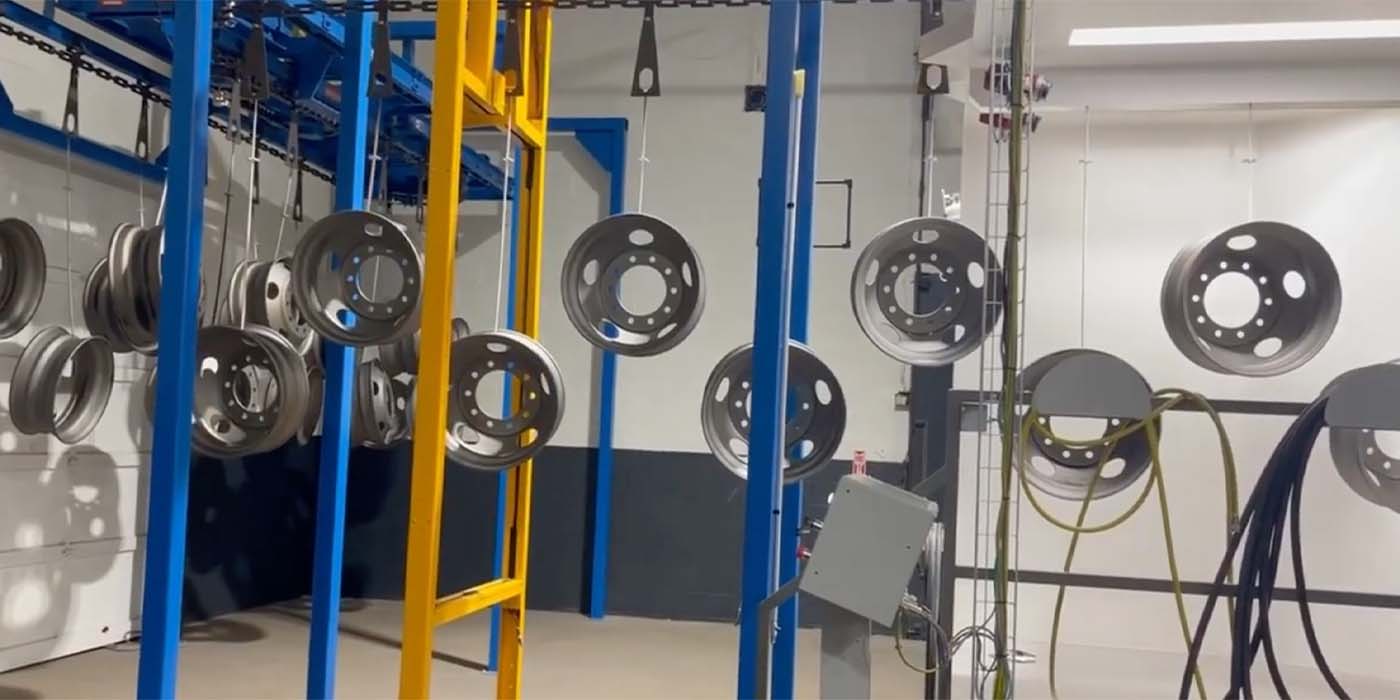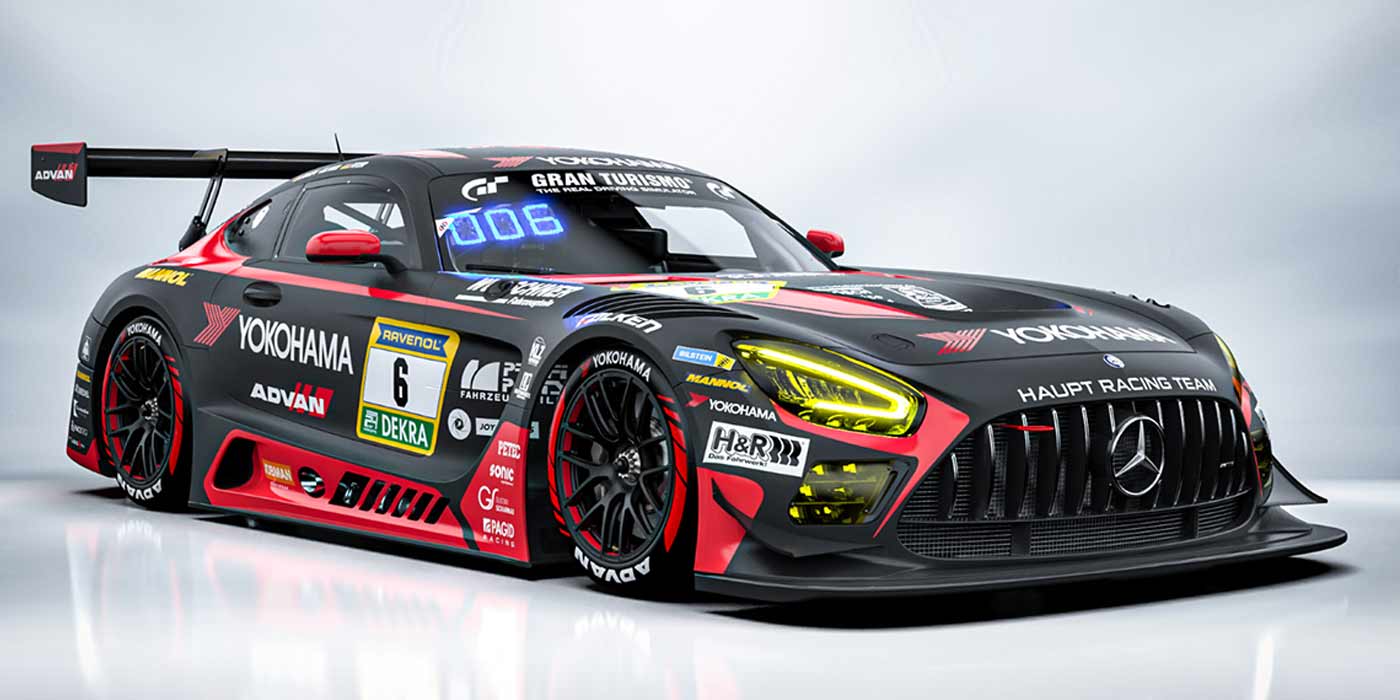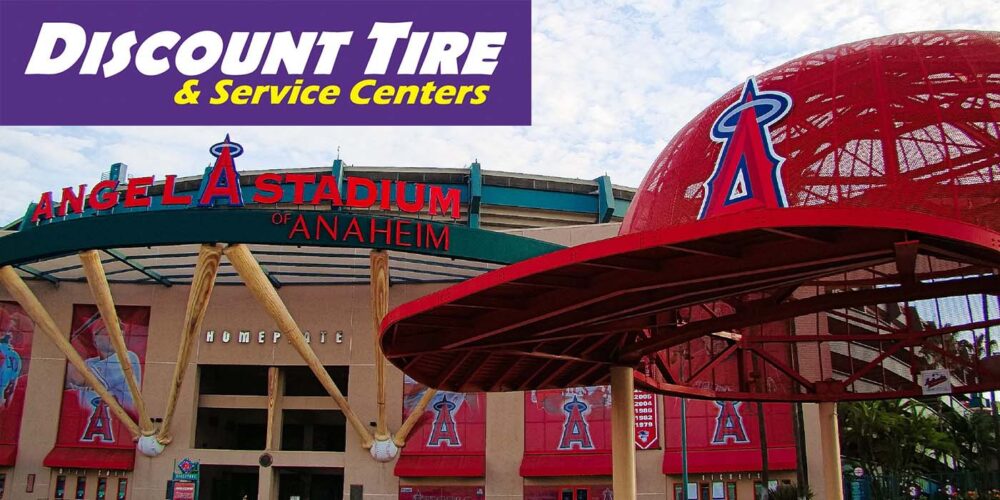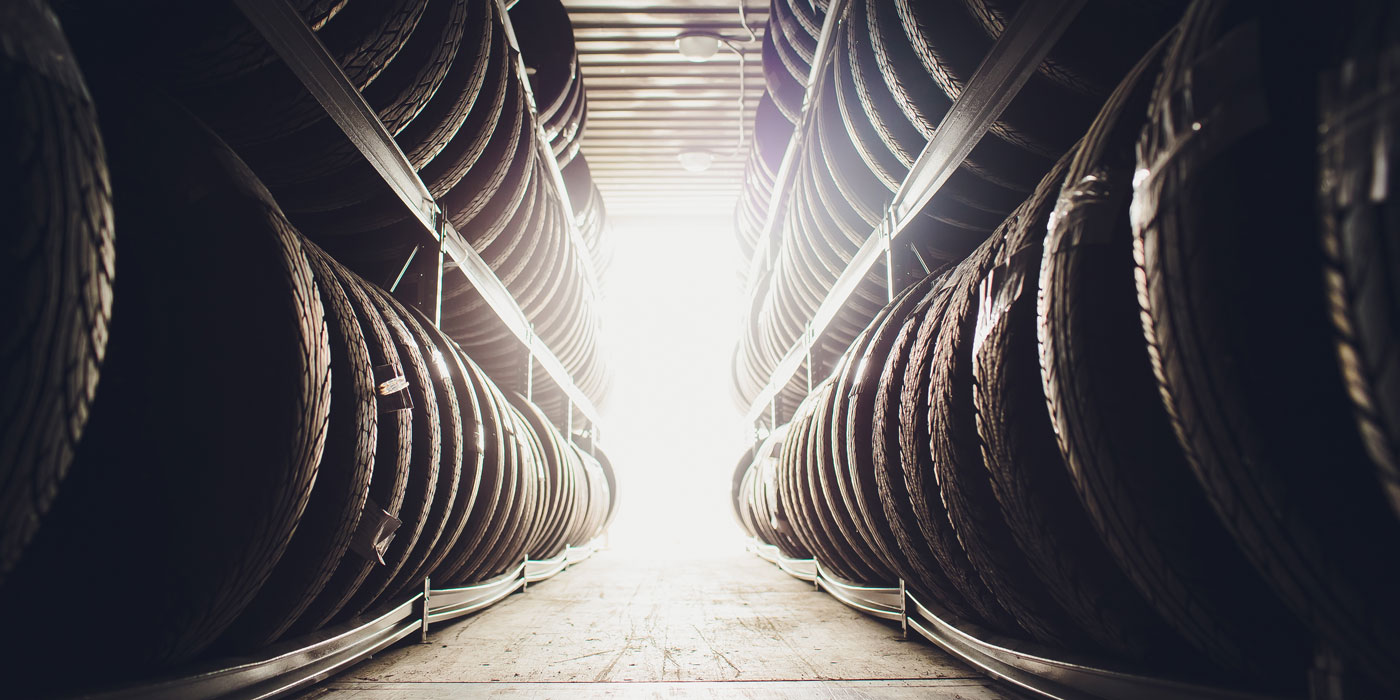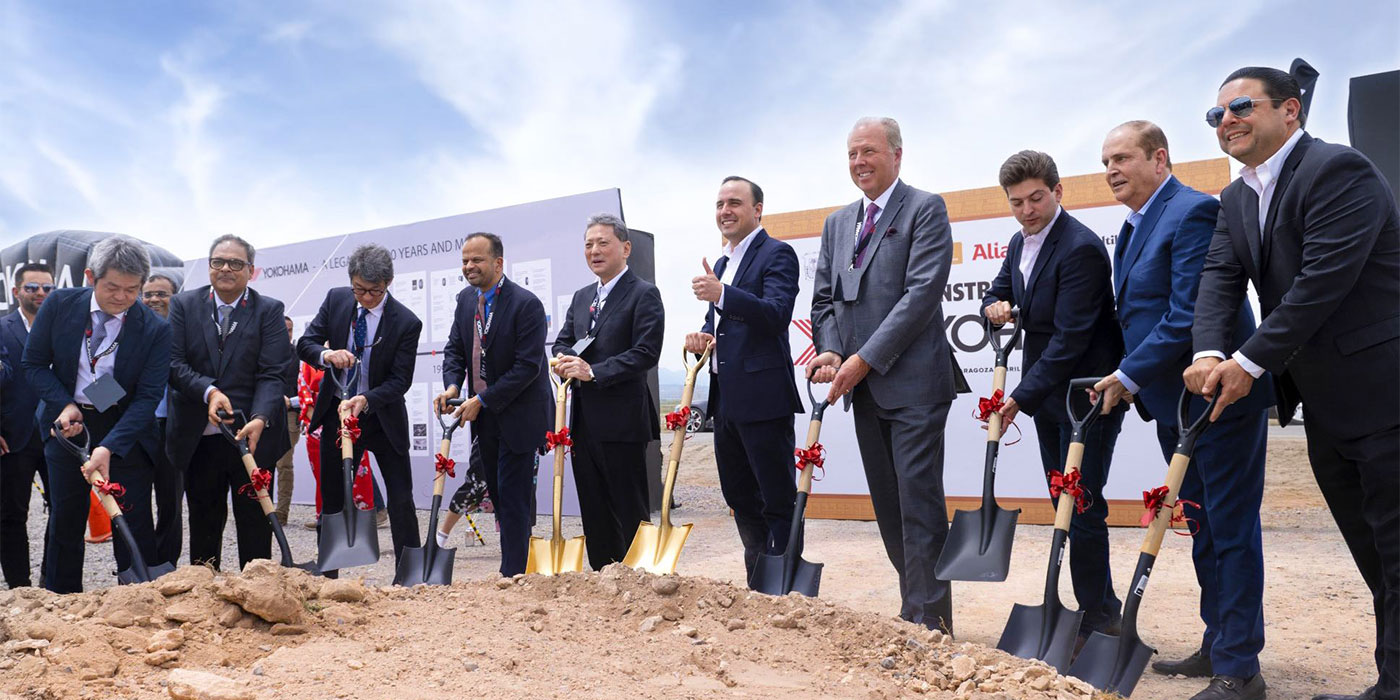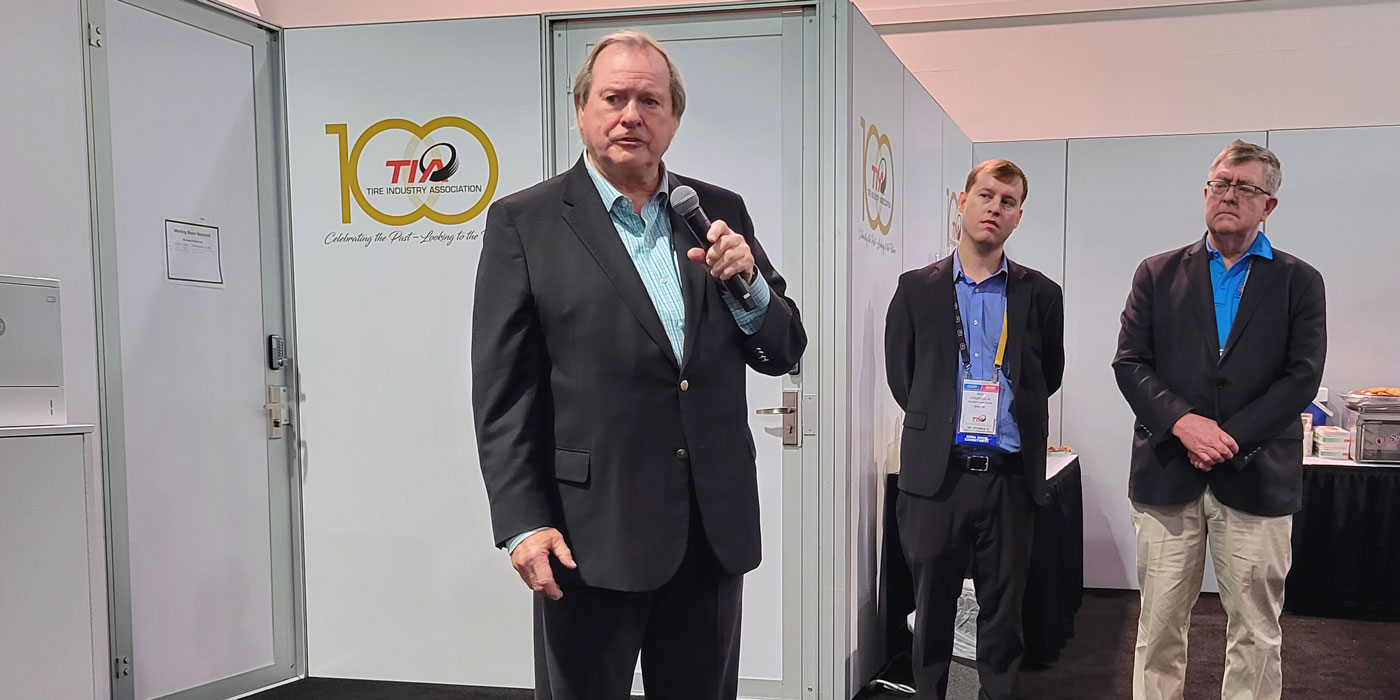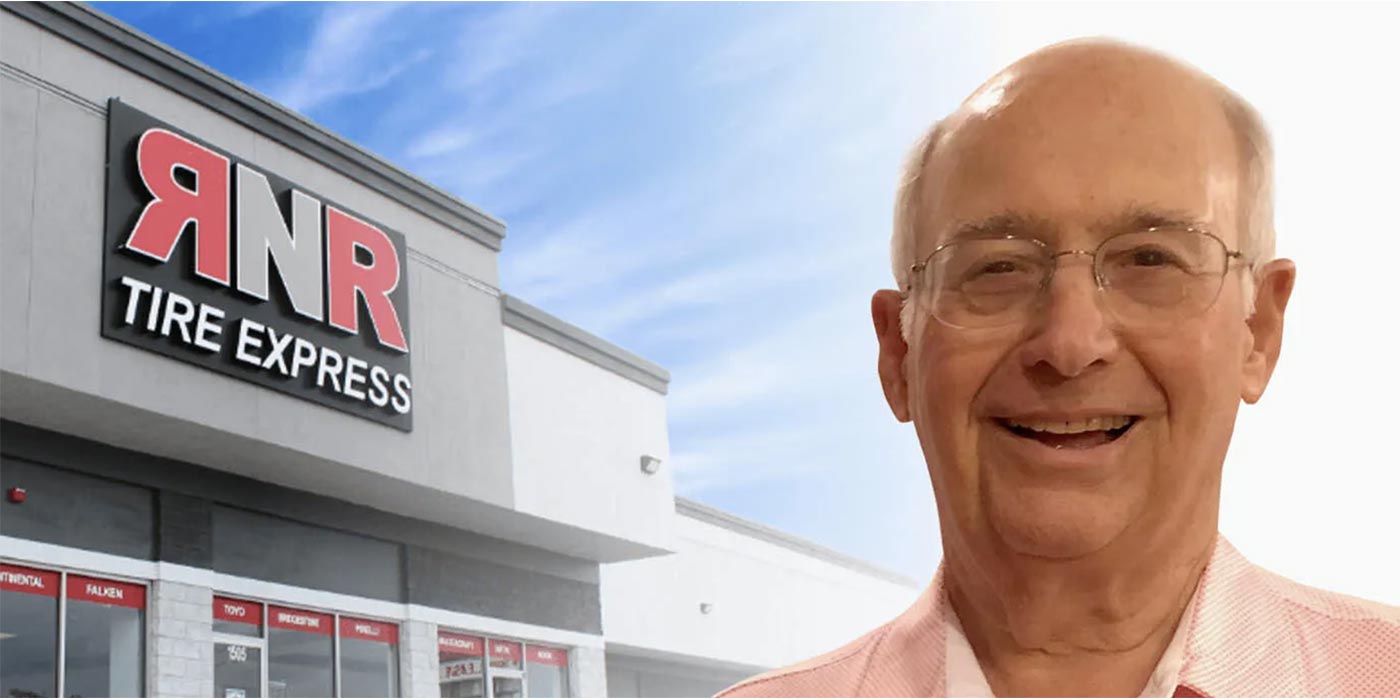As demand continues to outpace inventory for Bridgestone Americas and many other tire manufacturers, Bridgestone is taking action by leveraging its global manufacturing footprint to increase capacity. During its Core Tire Business Meeting last week, Bridgestone reviewed the supply challenges that have plagued the business over the last year and a half, what’s caused them and how it plans to address them.
Scott Damon, chief operating officer, explained that much like other industries, the company has felt the effects of the labor shortage and container shortage as well as skyrocketing freight and logistics costs, which have led to price increases and product delays. However, since Bridgestone’s North American demand has outpaced that in Europe and Asia, it’s allowed the company to redirect tire supply to the Americas in the second half of this year and into 2022.
The result? Inventory levels for consumer replacement tires are recovering and have increased 15% from last year, especially in the UHP segment, according to Damon. The company has also prioritized manufacturing higher rim diameter tires, and in 2022, Damon said Bridgestone will add capacity for 4 million units of higher rim diameters.
“This will give you more Alenza AS Ultra and Destination LE3 tires to sell, as well as more capacity for new products,” Damon told dealers.
As part of that, Bridgestone is expanding its on-site warehousing at its passenger tire manufacturing plants in Wilson, North Carolina; Aiken, South Carolina; and Joliette, Canada. Damon said this will improve Bridgestone’s direct shipping. On the consumer tire side, the company is also completing a $220 million investment in mixing technology “that will allow us to make more high-tech products for consumer replacement,” Damon said. This includes the company’s first 24-in. fitment globally on the 2022 Cadillac Escalade with its new Alenza AS Ultra tire.

On the commercial side, Damon said Bridgestone is globally prioritizing TBR tire production for the North American market, with it making up 40% of the company’s TBR business. It has also been leveraging its TBR manufacturing in Brazil, Thailand and Japan in addition to tires manufactured from its Warren County and La Vergne, Tennessee plants.
“Next year, we’ll increase TBR supply by an incremental 600,000 units, half of which are being imported,” Damon said. “Domestically, we’re looking at ways we can engineer more flexibility into our manufacturing process, and this goes for our tire plants in both consumer and commercial.”
Lastly, he said OTR and ag tire production has followed the lines of consumer and commercial with demand outpacing supply. Bridgestone Americas will leverage capacity at its OTR plant in Thailand and increase large radial capacity at its Bloomington, Illinois plant. Damon said the company is also working to add staff at its Firestone ag production plant in Des Moines, Iowa, to support OEM and dealer demand.


